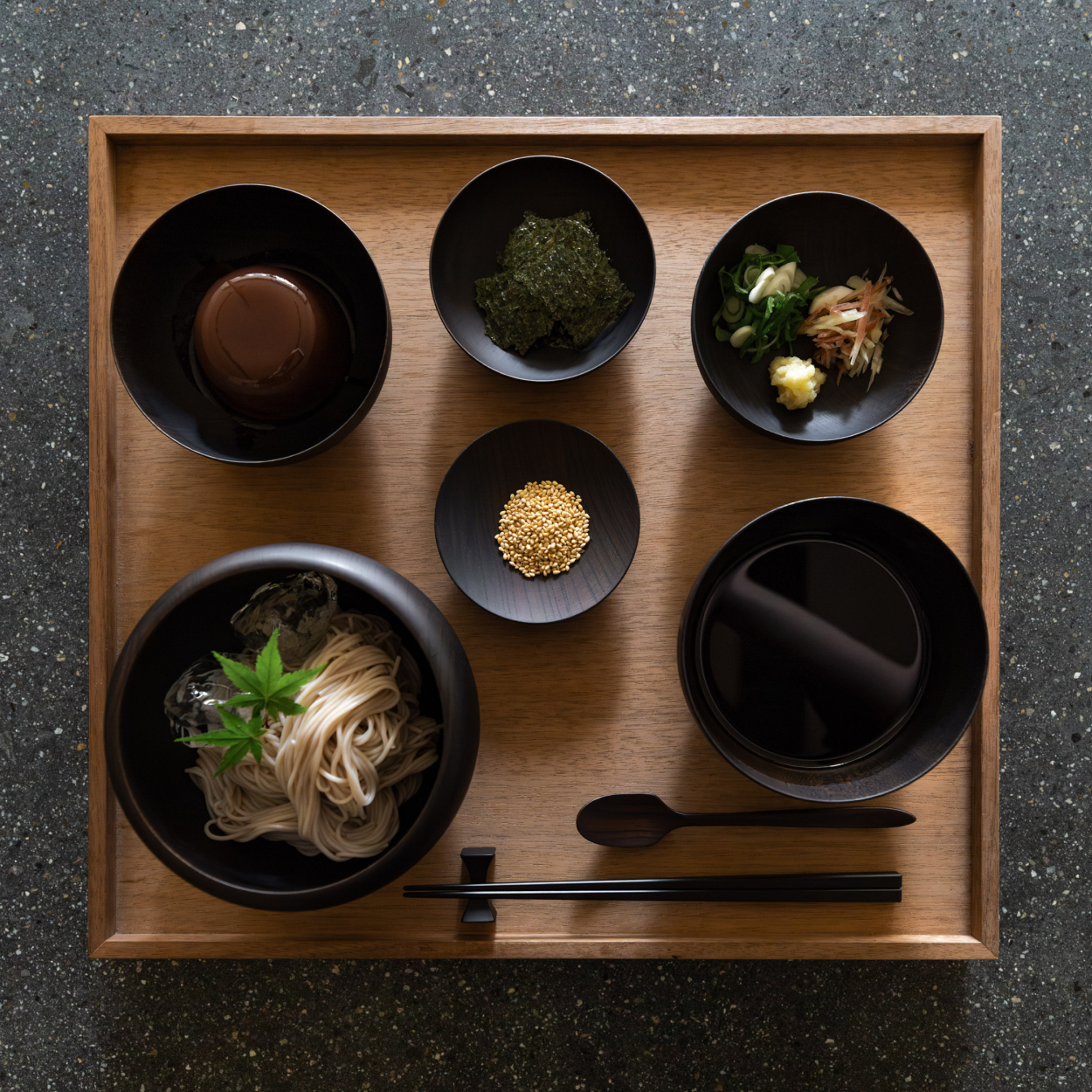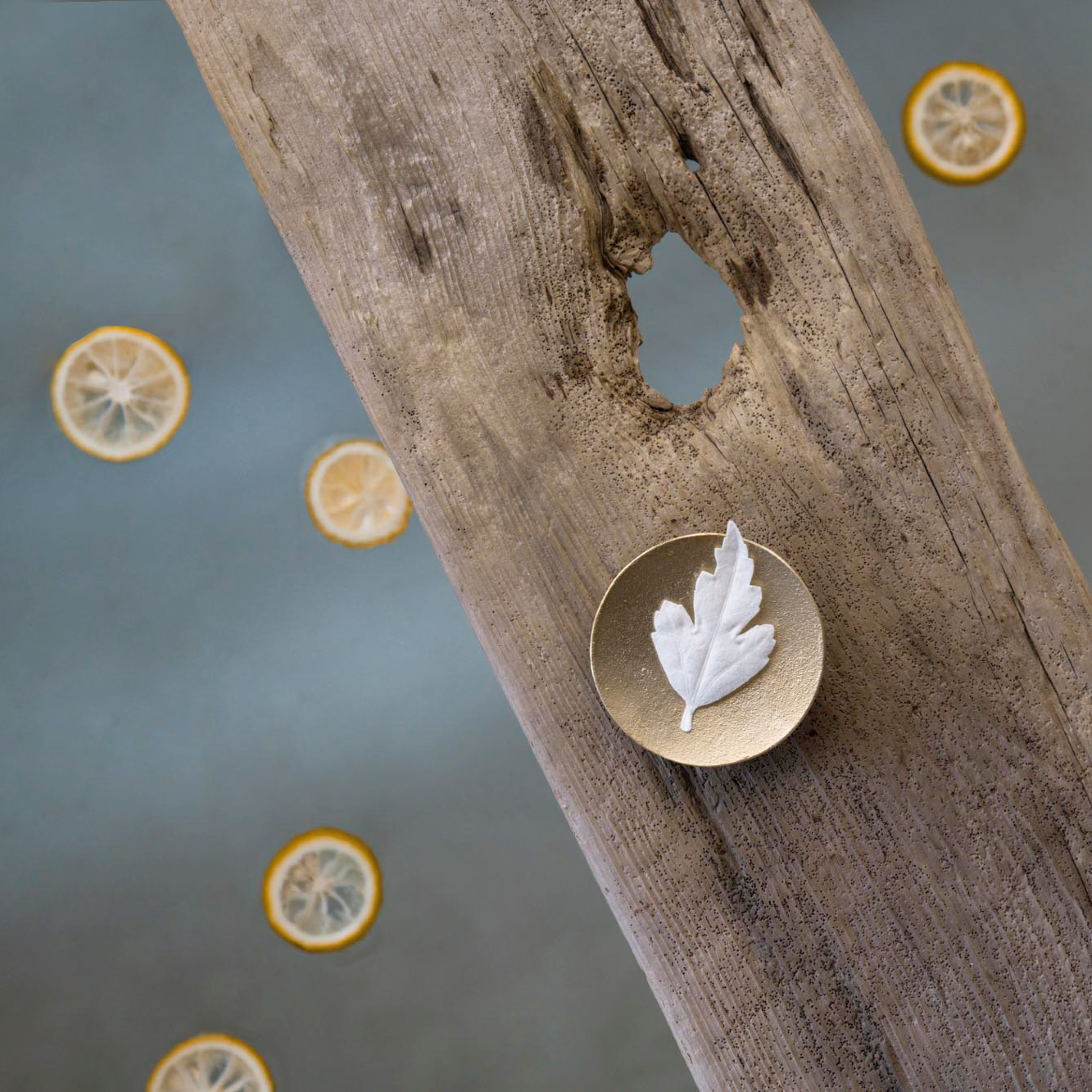Kintsugi
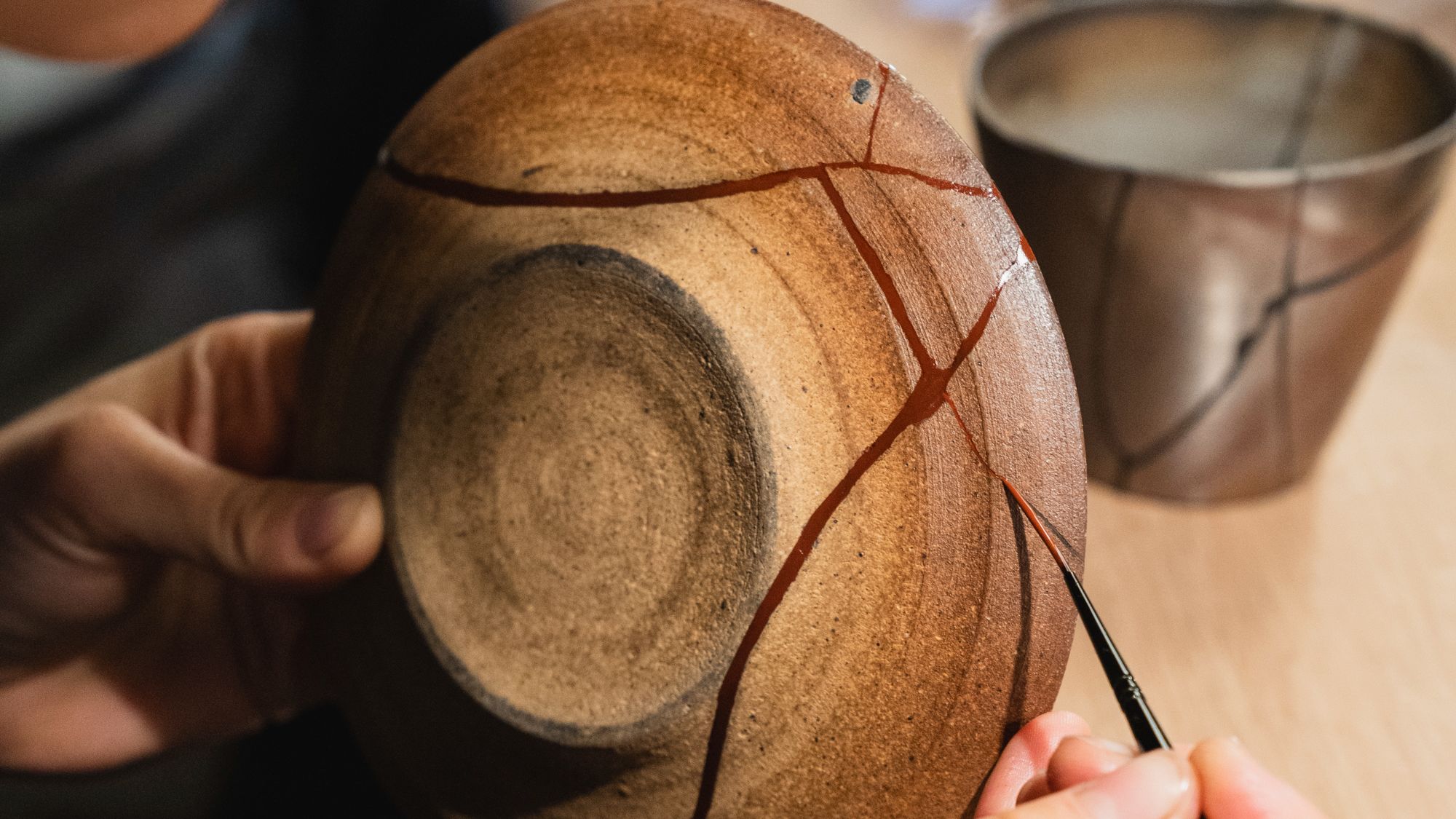
How to mend breaks: red and black urushi (part 3 of 3)
Once mugi urushi has been used to glue the broken fragments together, and sabi urushi has been used to fill the nooks and crevasses, phase 3 of the repair process is applying red and black urushi t...
Read more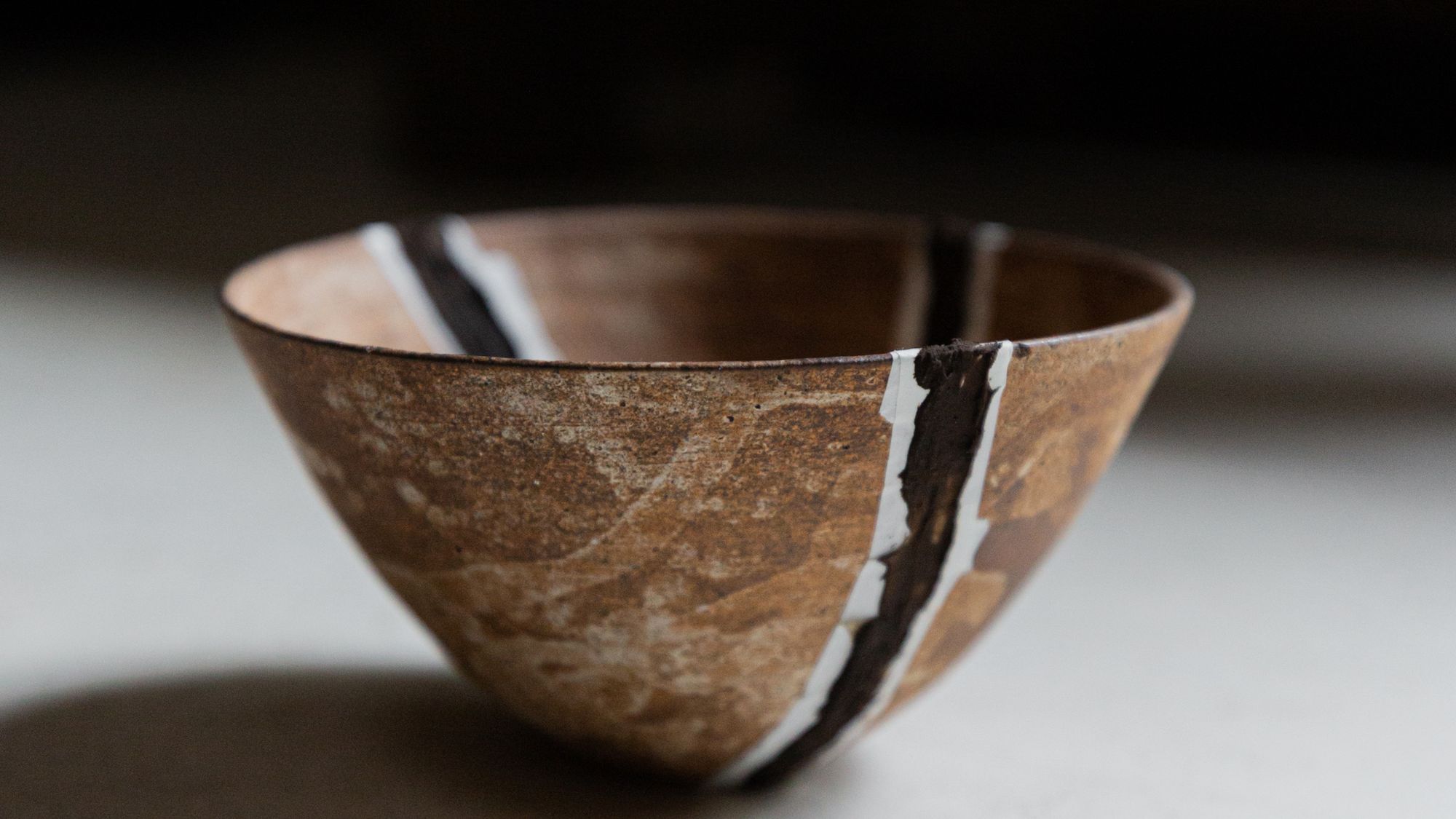
How to mend breaks: sabi urushi (part 2 of 3)
Once mugi urushi has been used to ‘’glue’’ broken fragments together, part 2 of the repair process is making and applying sabi urushi.
Read more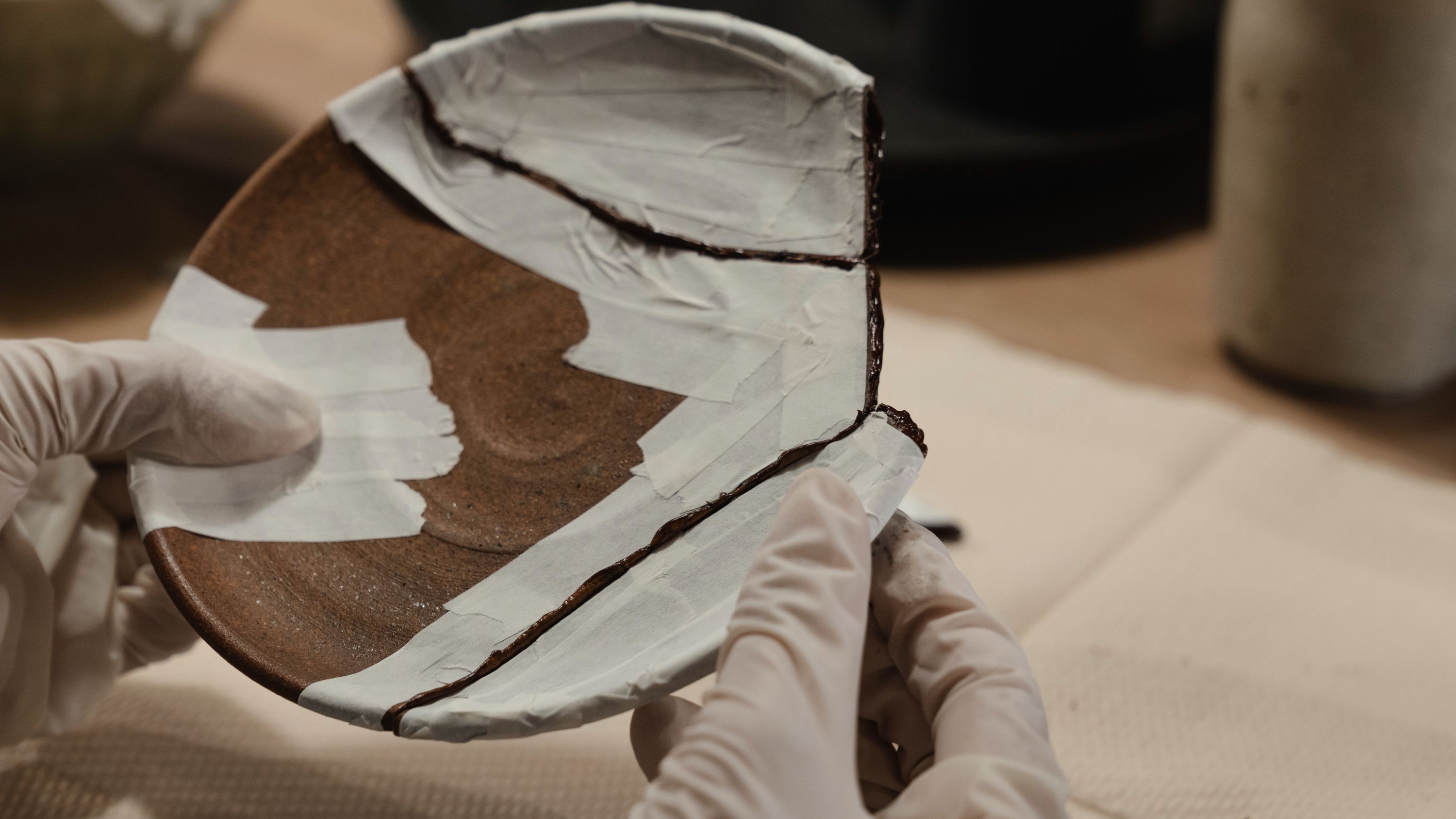
How to mend breaks: mugi urushi (part 1 of 3)
When beginning kintsugi-repair, the first question to ask is, ‘‘how is the piece damaged?’’ Is it broken, cracked, or chipped? First and foremost, accurately identifying the fractures is an art in...
Read more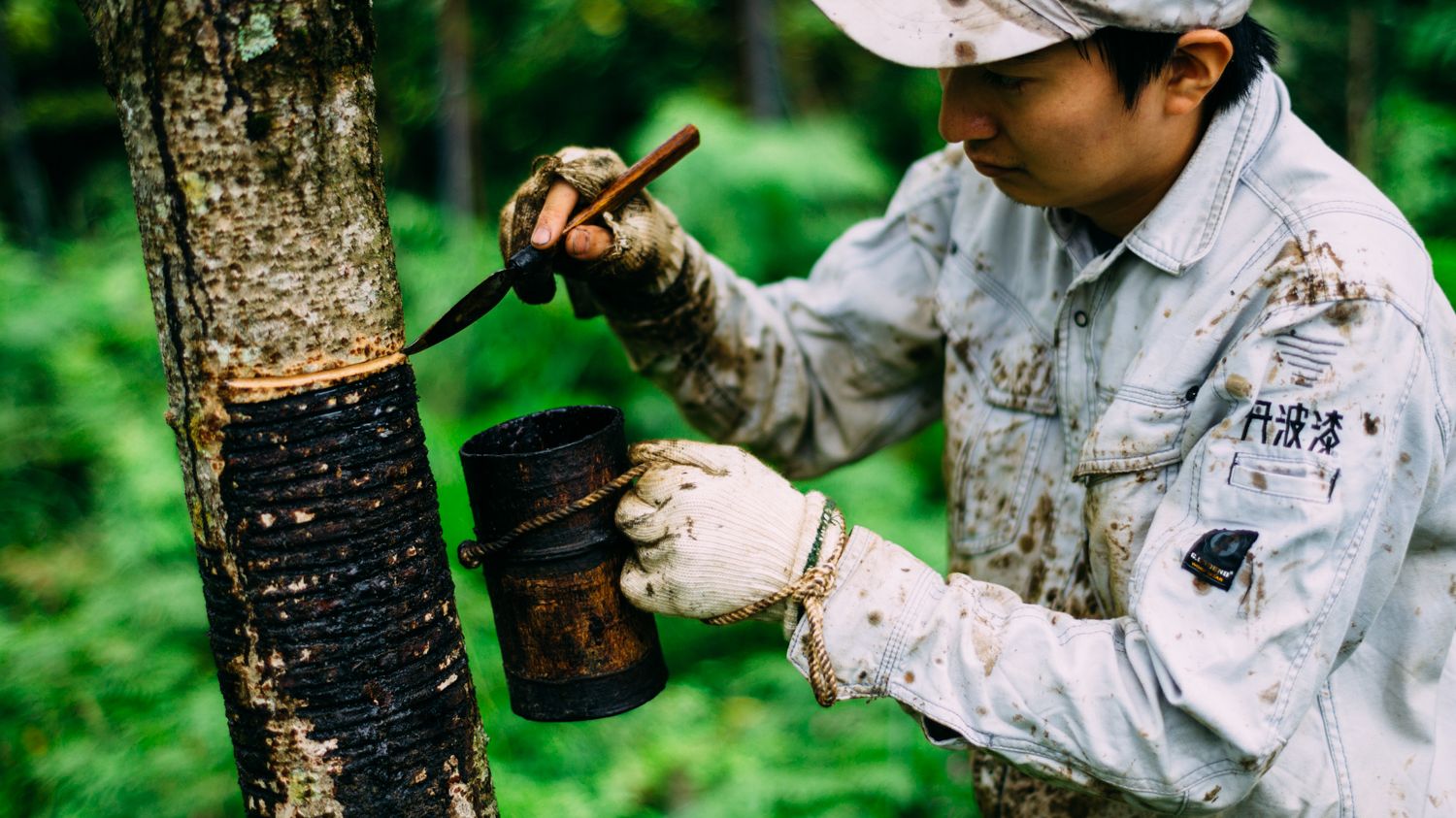
Kintsugi-repair restores broken pieces with urushi tree sap, and often finishes the repair in gold or silver powder. As a restoration practice, pieces repaired with hon-kintsugi are aesthetic, food...
Read more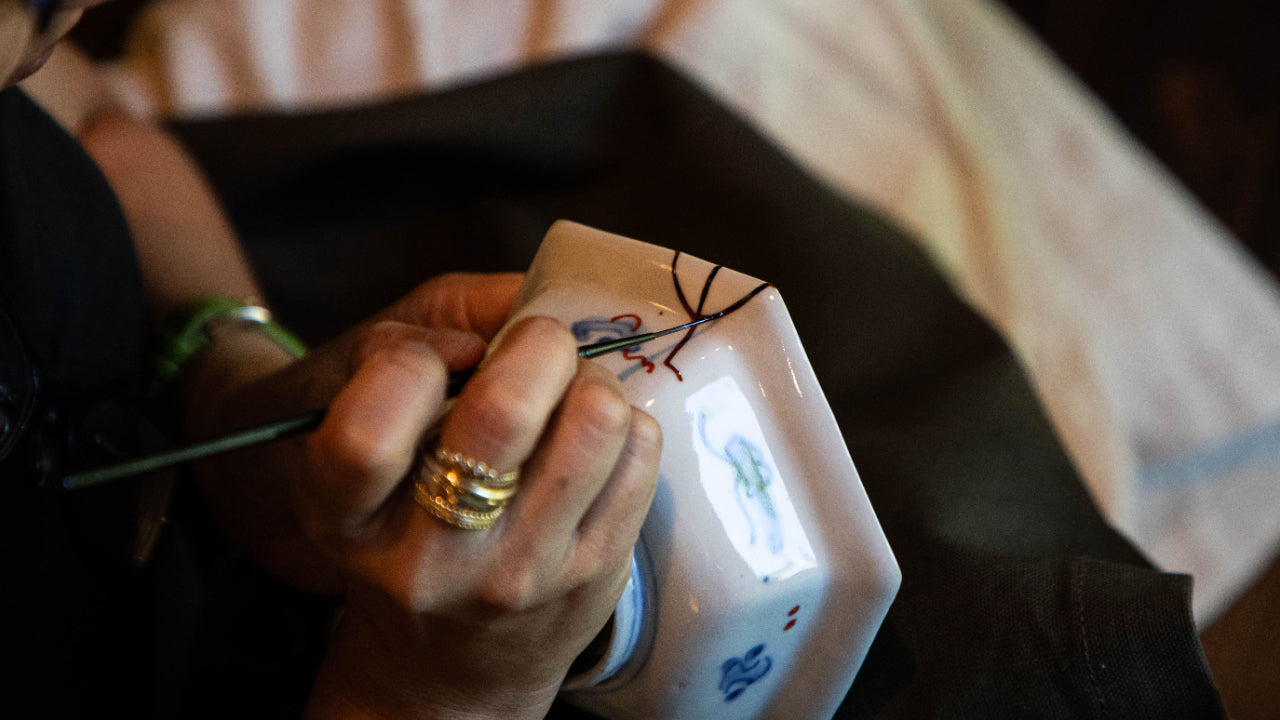
Kintsugi Apprentice Stories: Summer 2023
In Summer 2023, we welcomed our inaugural class to Kyoto for the first ever Kintsugi Apprentice Program.
Read more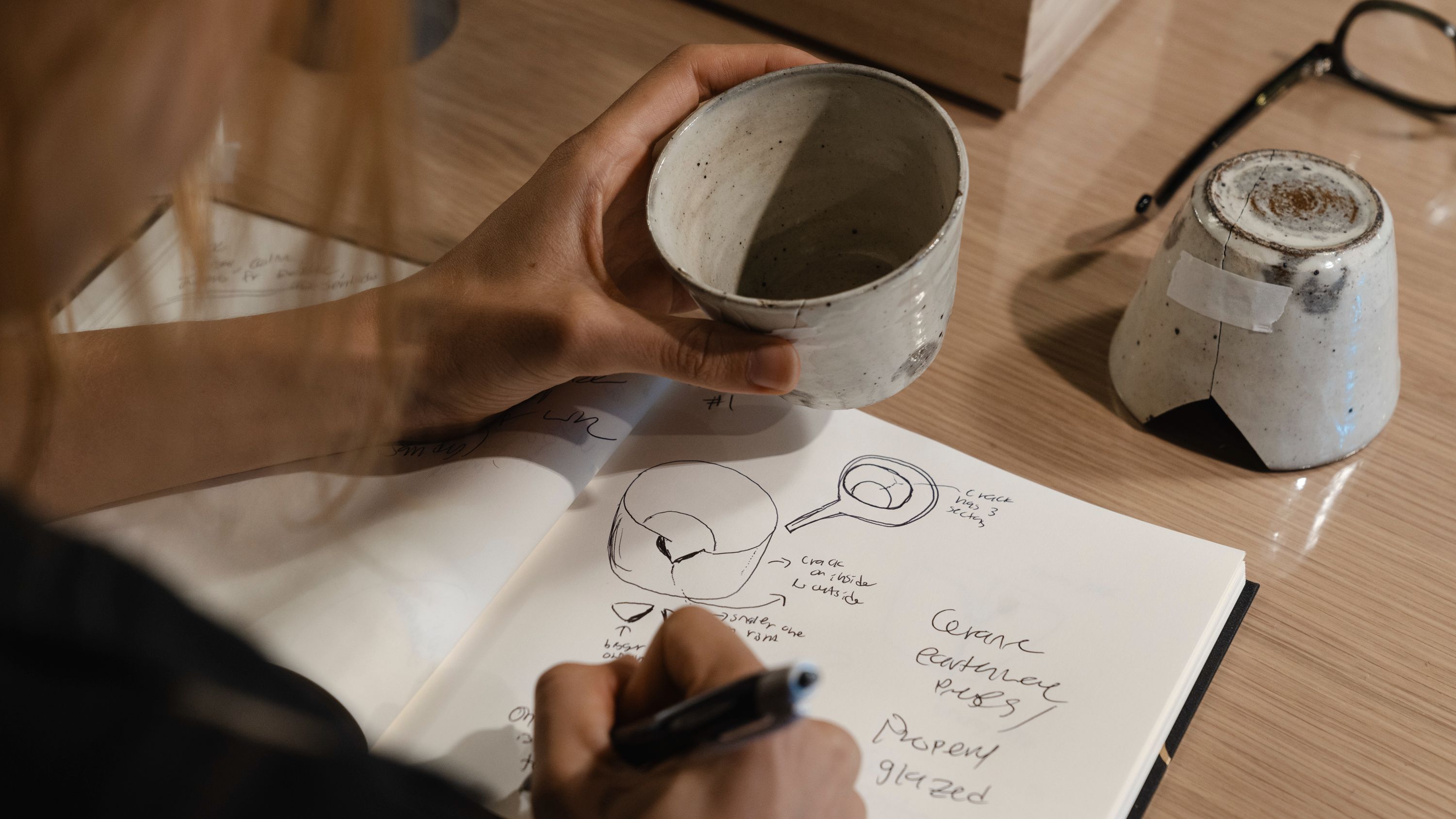
Repairing glazed and unglazed pieces
Even before repairing a piece, we always recommend Step 0: Creating a Patient Chart. This requires thoroughly assessing the piece in front of you and one of the most important variables to identify...
Read more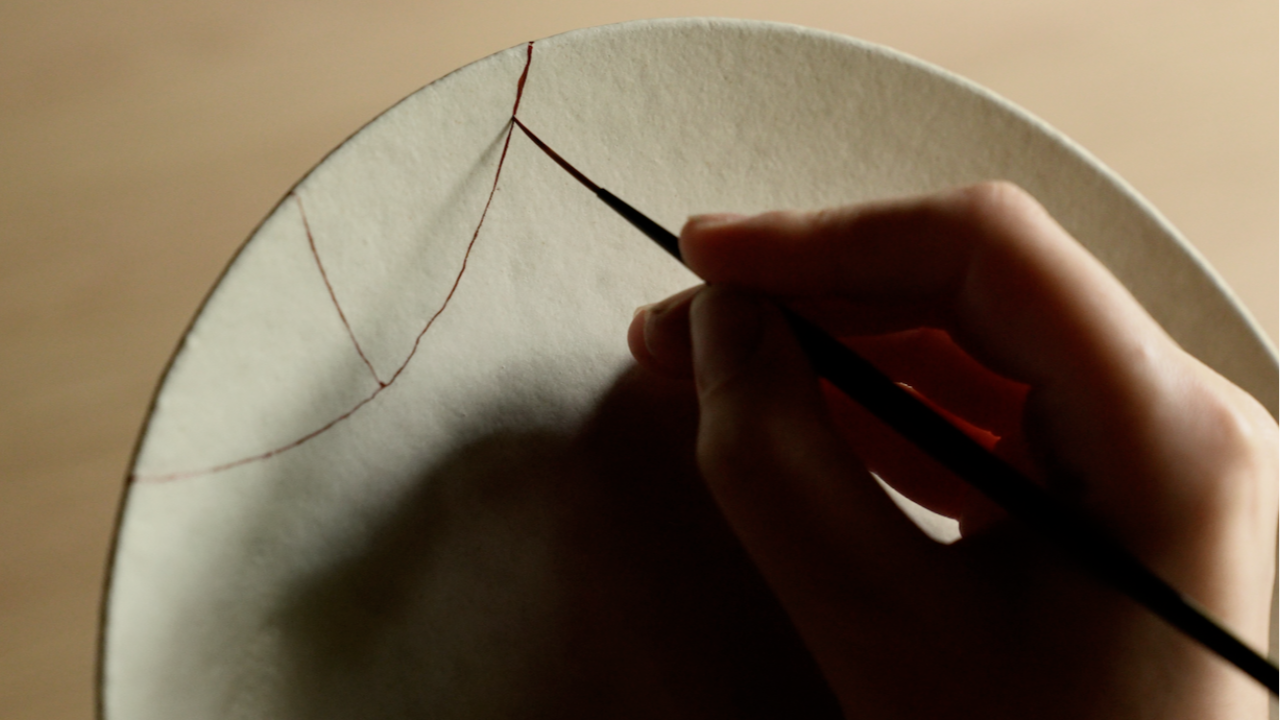
As kintsugi gains traction and awareness across the world, it is valuable to note that there are two distinctly different restoration methods. It isn't that one method is good and the other is bad....
Read more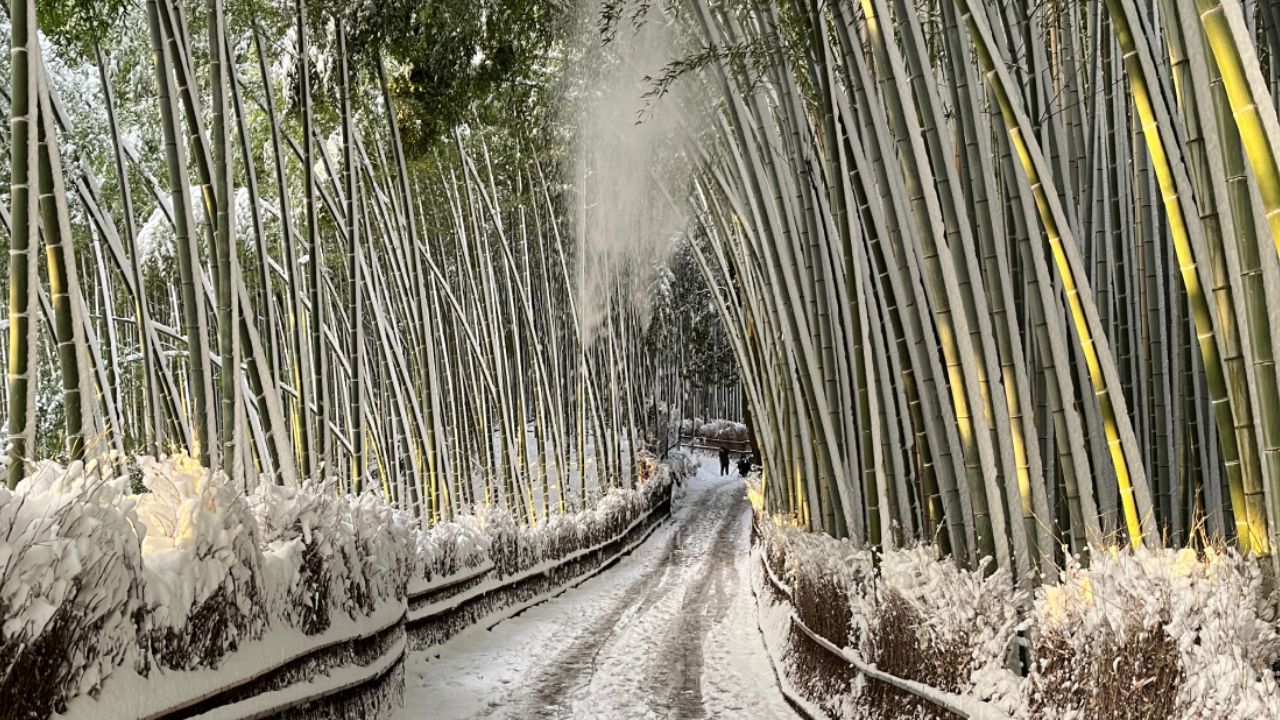
Our ‘‘Winter in Kyoto’’ itinerary
Japan's winter traditions weave heritage with seasonal transitions. The celebration of Toji, Winter Solstice, marks the longest night of the year, symbolizing beginnings and the possibilities that...
Read more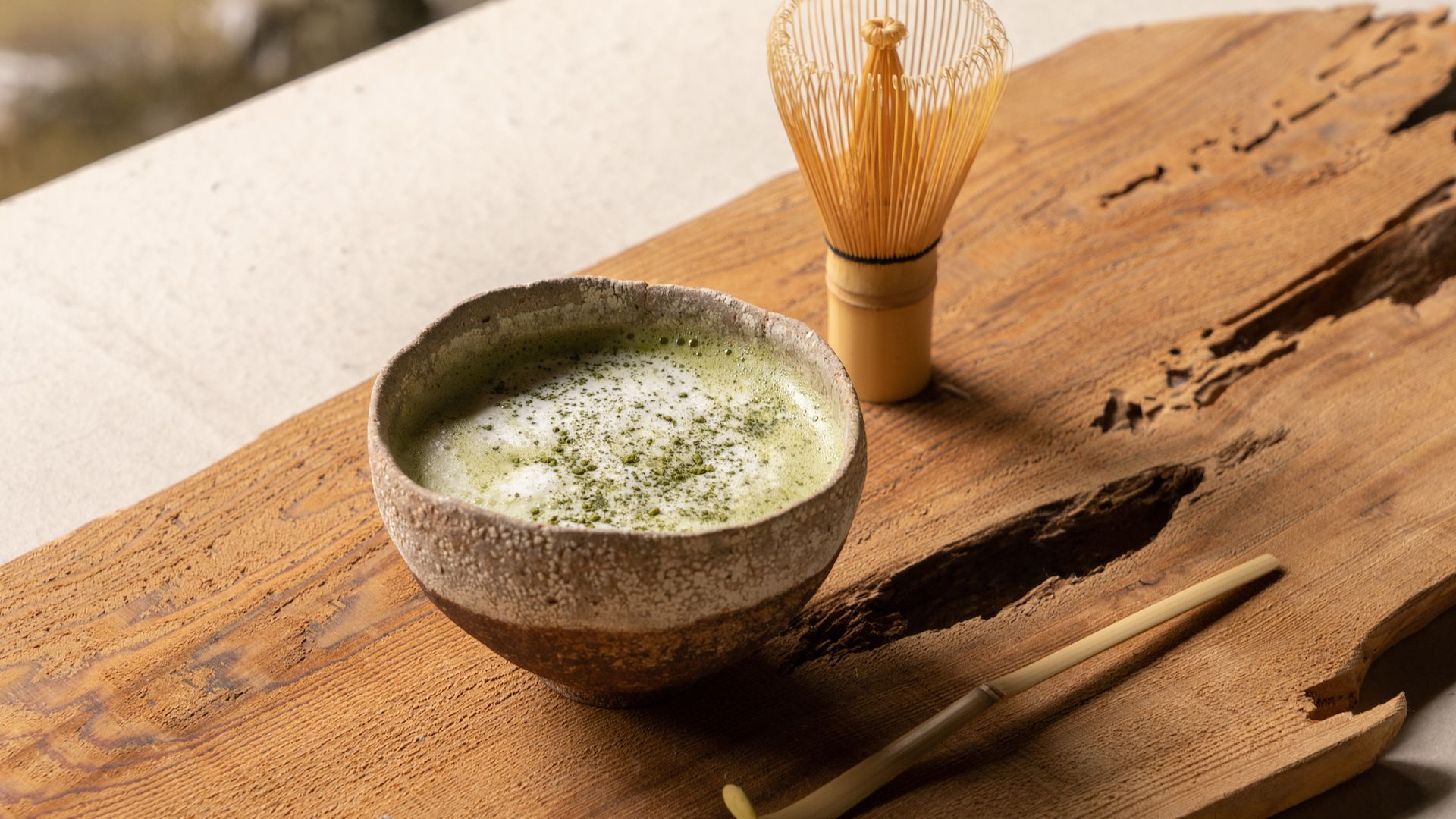
Japan’s nutrient-rich, volcanic soil, combined with centuries of cultural influences, have given rise to a wide spectrum of ceramics. Here are a few prominent representations of Japanese ceramics f...
Read more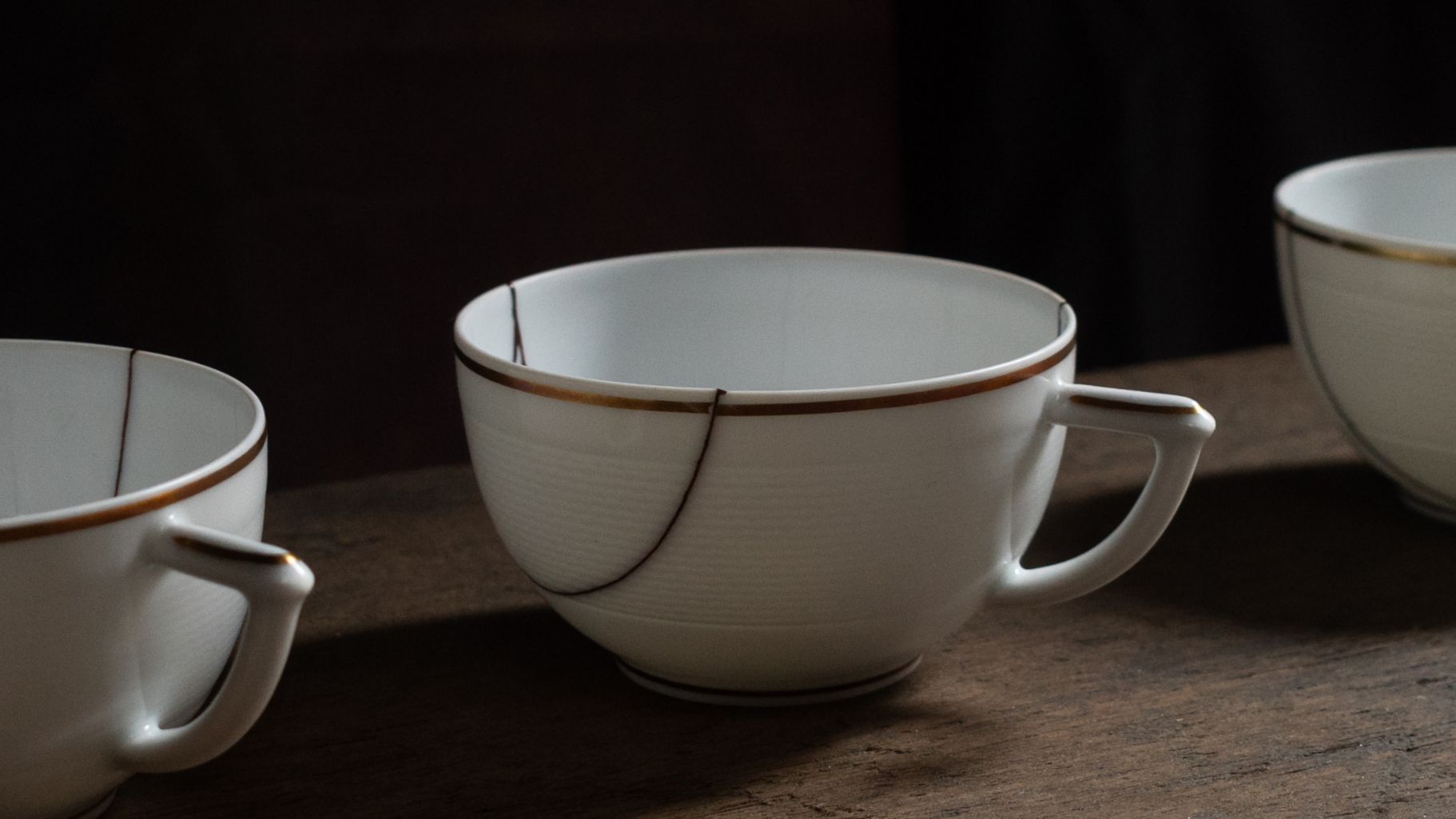
Kintsugi Dictionary Part 4: Keshiki
In kintsugi, the Japanese term keshiki refers to the lines and shapes formed through repair. These lines and shapes tell the tale of who made the piece, where it comes from, the original material o...
Read more
All about red and black urushi
Kintsugi may be known for its gold finish, however, gold is only the decorative final touch in the repair process. The functional repair work in kintsugi is owed to urushi tree sap.
Read more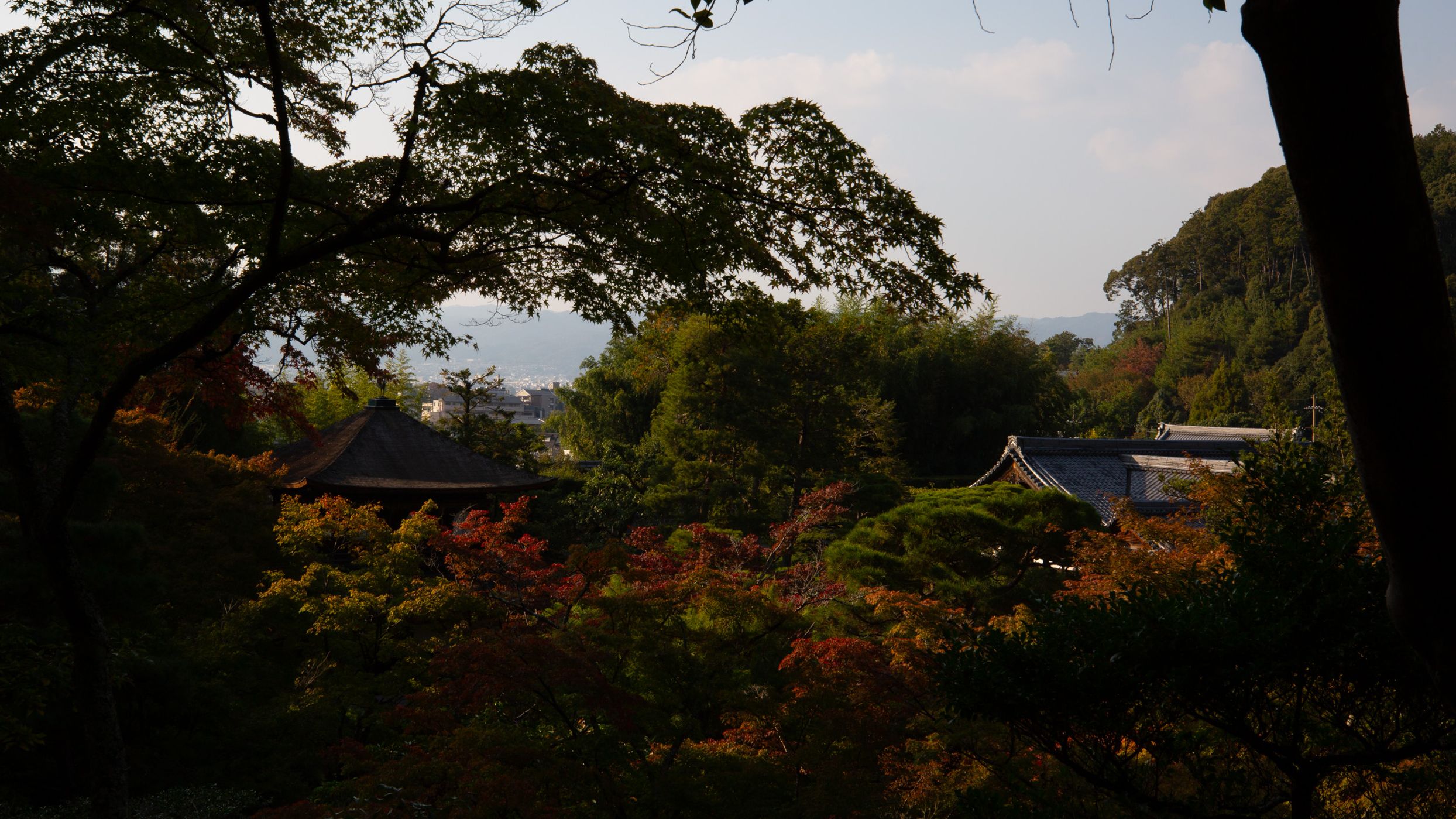
Our “Autumn in Kyoto” itinerary
The autumn season in Japan has an ancient and textured history celebrating nature, the arts, and community. From local to city-wide festivals known as matsuri, to tsukimi, or ‘‘moon viewing,’’ the...
Read more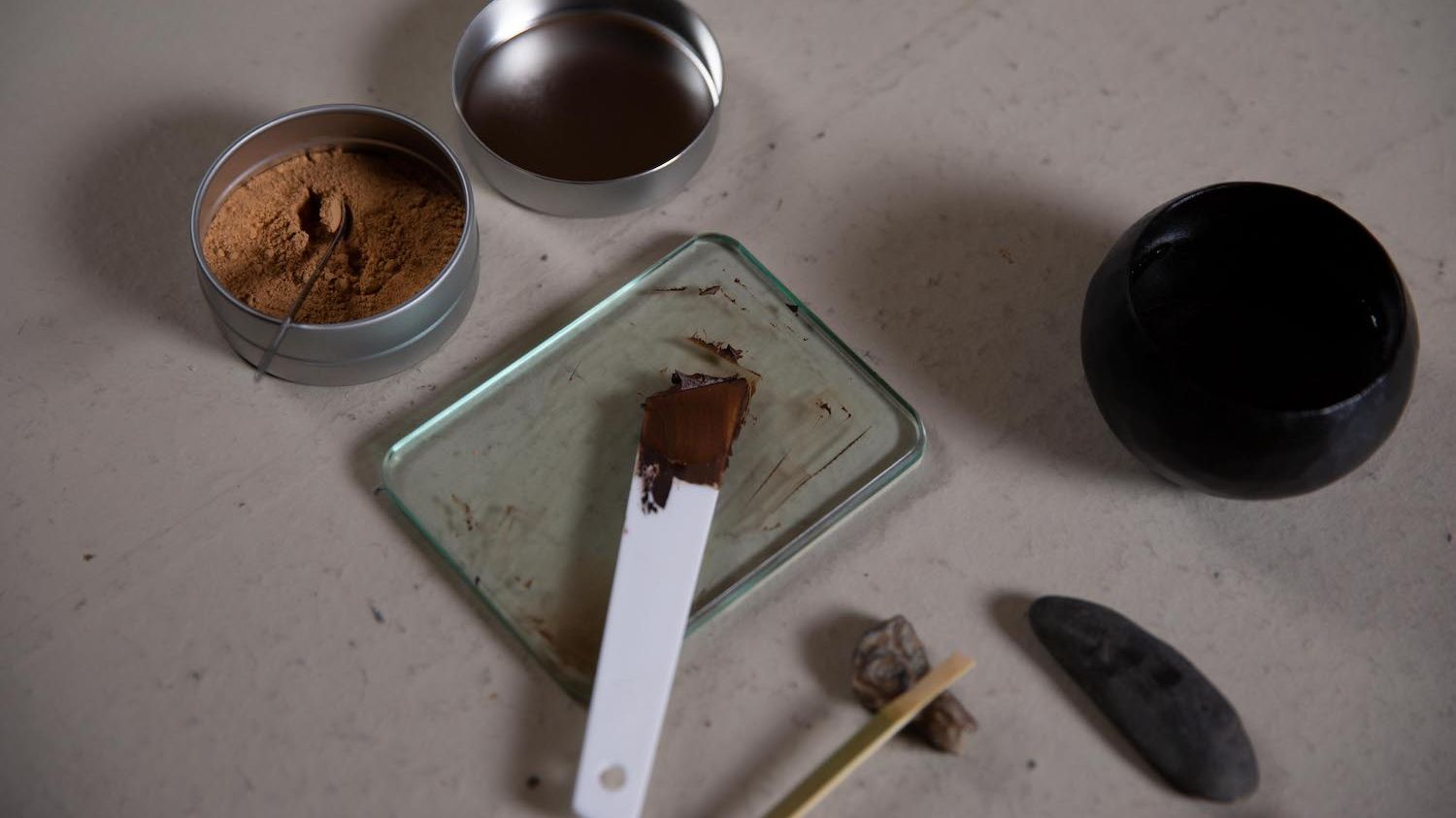
How to Kintsugi: The 3 Phases of Repair
Kintsugi technique is intended and best suited for the restoration of ceramic and porcelain tableware. Other materials and types of wares are possible to repair, but it all started with one porcela...
Read more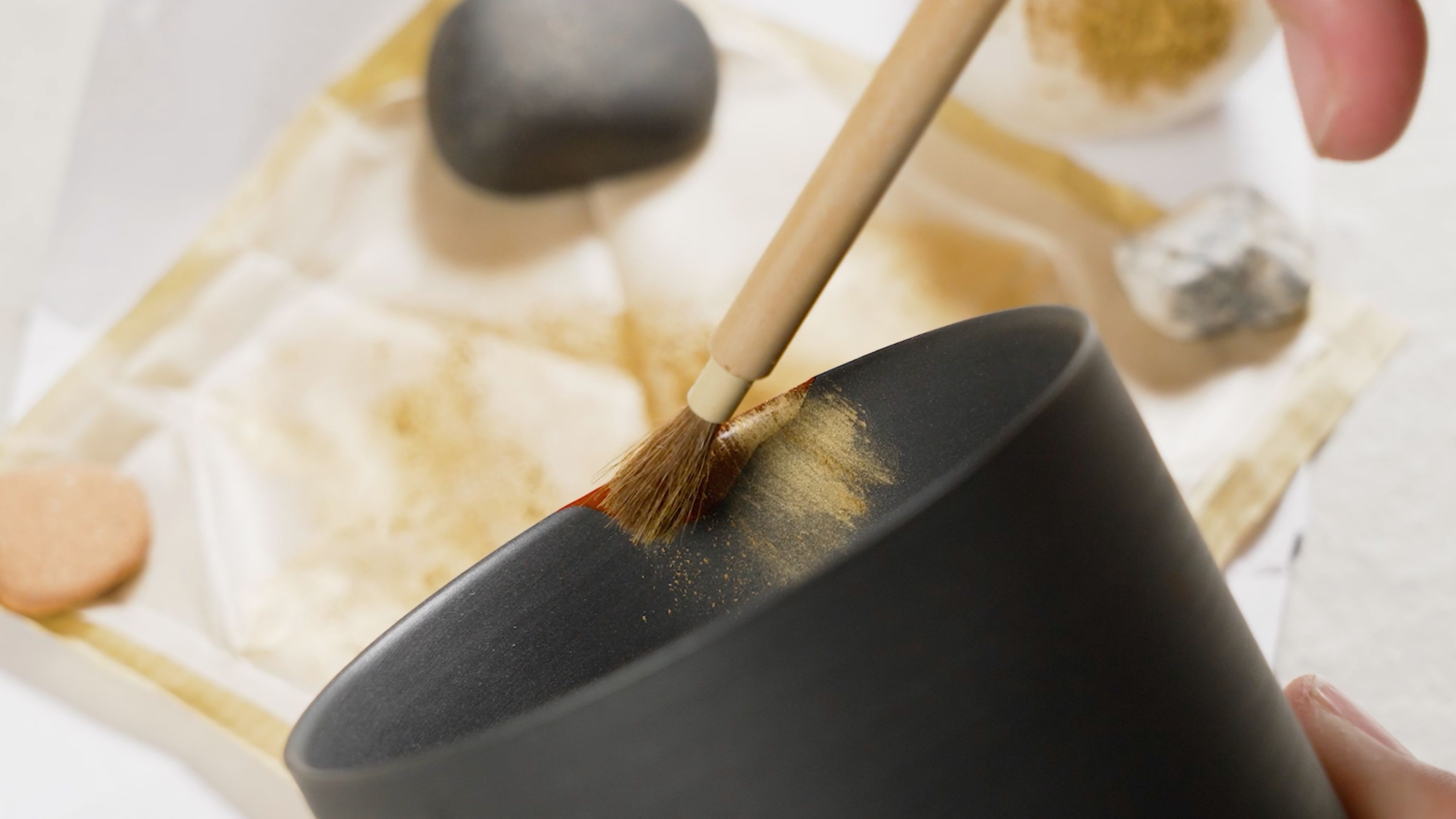
Tips to Achieve the Sleekest Gold Finish
It is absolutely no exaggeration to say that gold is synonymous with kintsugi. At least in the perception of most. After all, the repair technique is called kintsugi. Kin = gold, tsugi = joinery. W...
Read more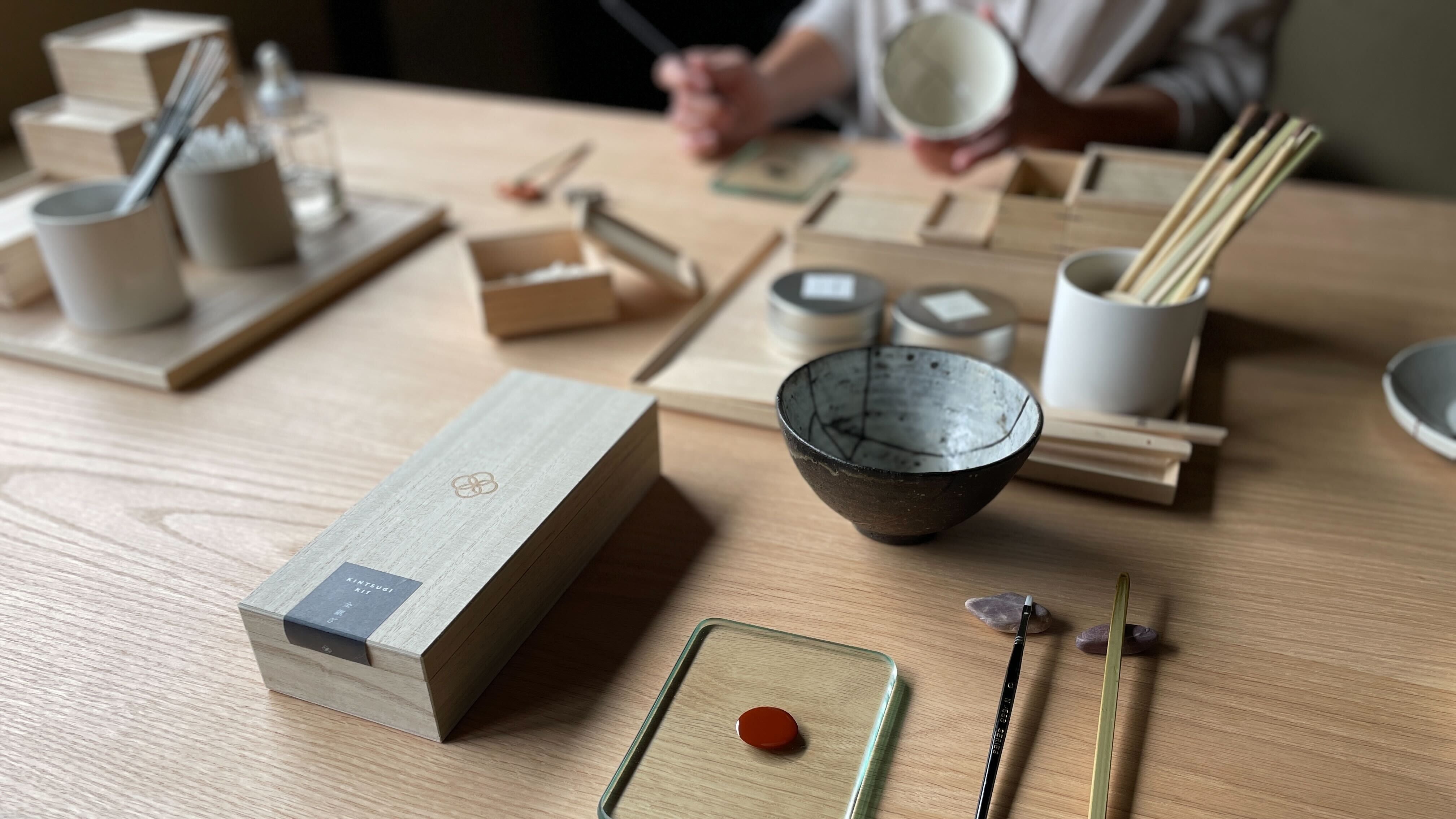
Which In-Studio Kintsugi Class Suits Me Best?
Sometimes there is nothing better than in-real-life learning. If you have the opportunity to visit Kyoto, we offer several in-studio kintsugi class options. However, particularly for first timers, ...
Read more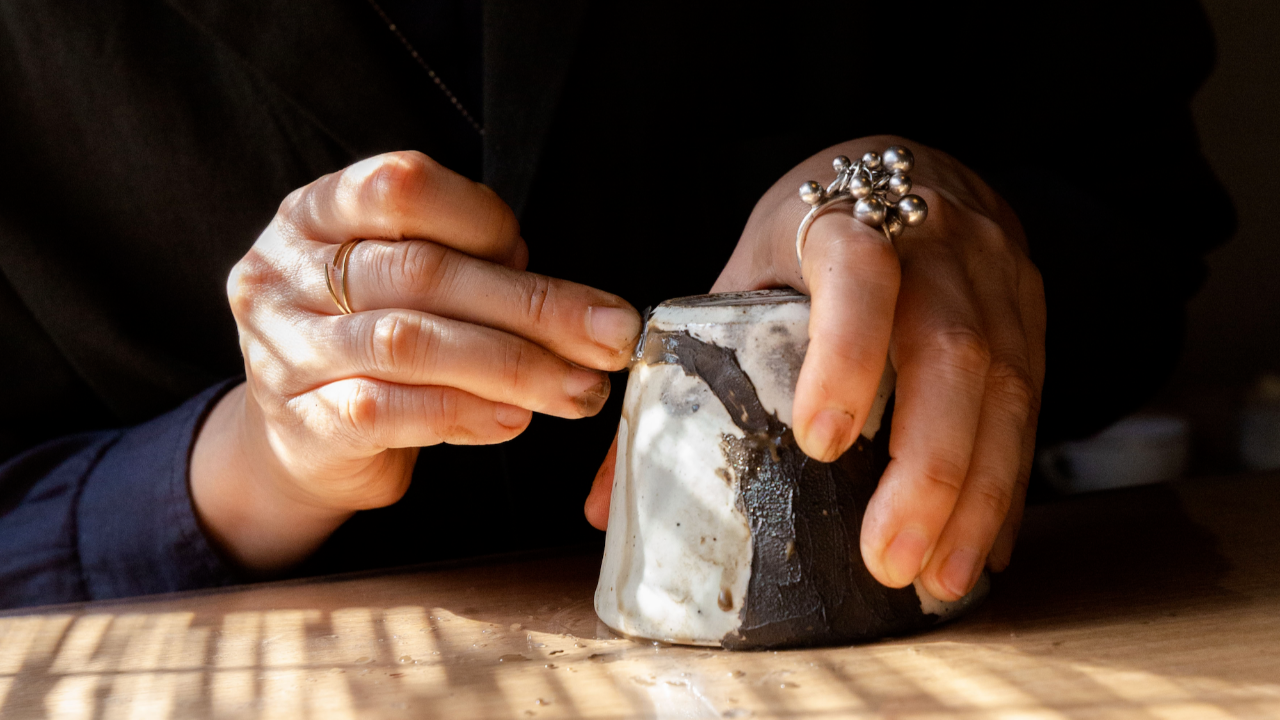
Urushi, the sap of the urushi tree, is the base material of authentic kintsugi-repair using all natural ingredients. It is what makes this tableware restoration technique antipest, antiviral, antib...
Read more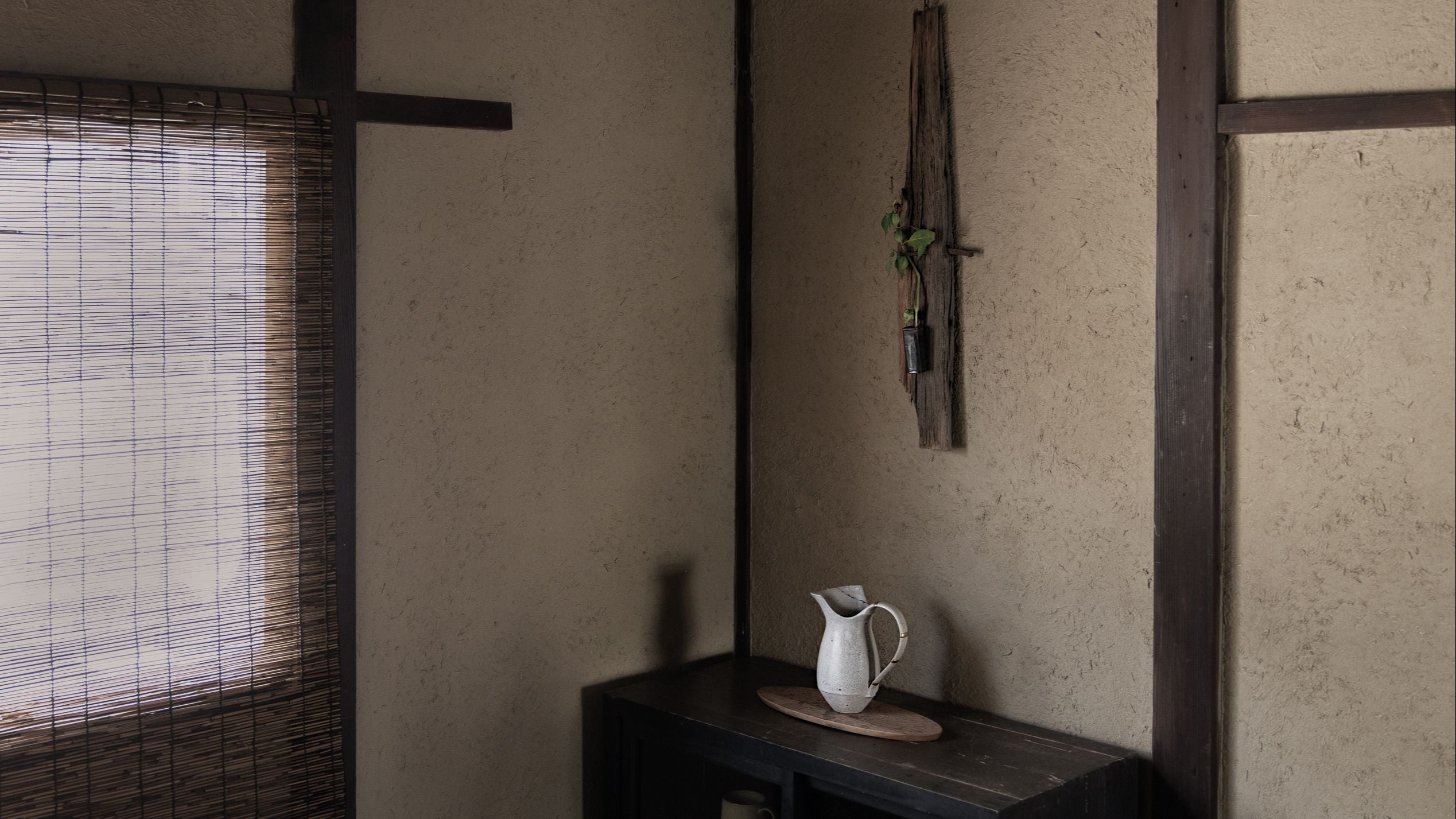
The Kintsugi Dictionary Part 3: Wabi Sabi
With every decade, wabi sabi has become increasingly more commonplace, while simultaneously increasingly more confusing, as people here and there and everywhere attempt to verbalize the phrase. Per...
Read more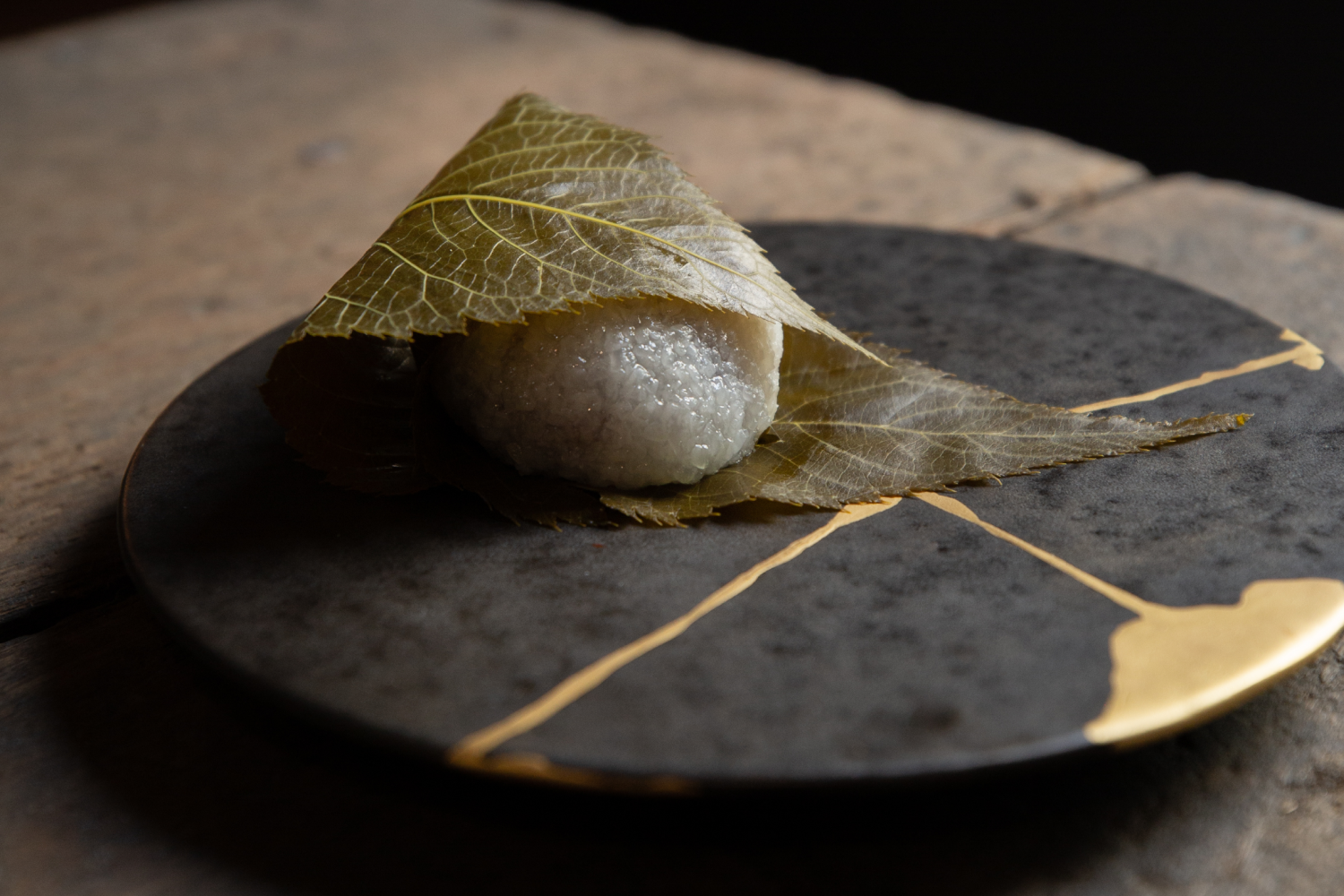
The 3rd of March is Hinamatsuri Girl’s Day in Japan, expressing gratitude for the good health and happiness of girls everywhere. Leading up to this day, we display small ornamental dolls called hi...
Read more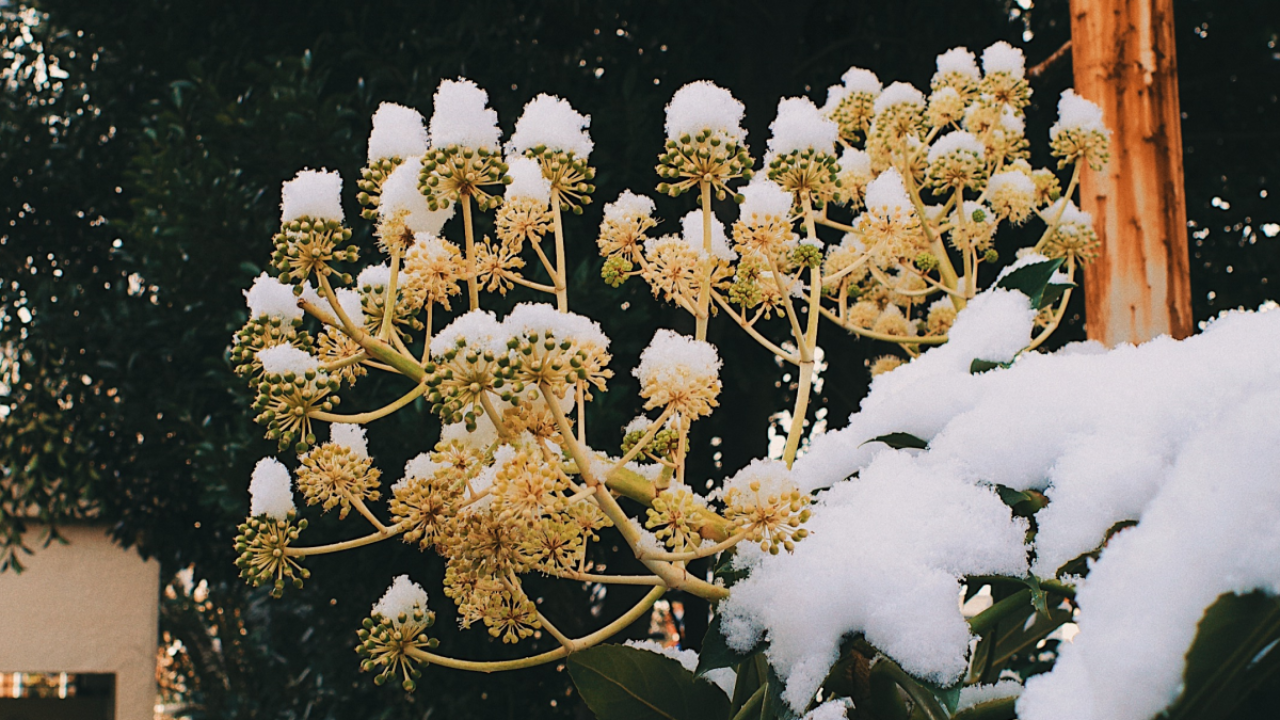
Kintsugi Dictionary Part 2: Hashiri, Shun, Nagori
This edition of The Kintsugi Dictionary is quite the deal. It's three-in-one, as there are three sub-categories of "seasonal" to more precisely describe the evolution of flora, fauna, and the human...
Read more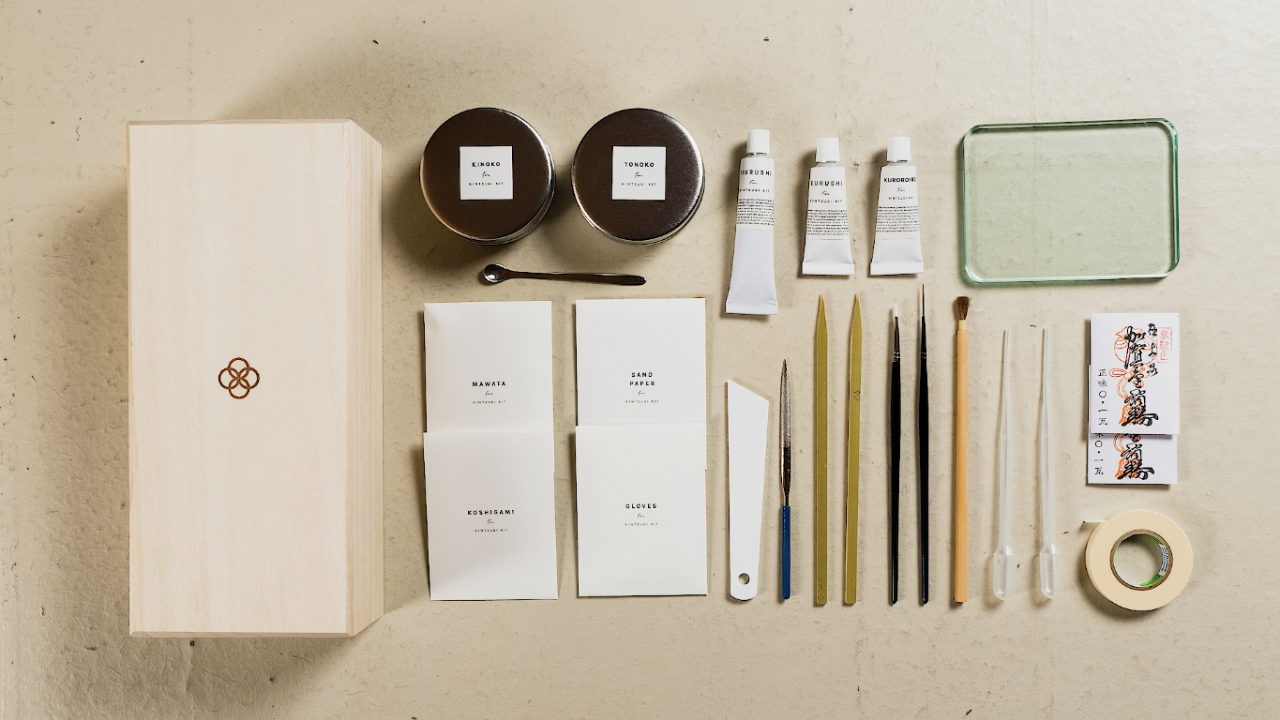
Have the Kintsugi Kit. Now What?
For those who have one of POJ Studio's kits in hand, welcome to the wonderful world, the mysterious world, the fascinatingly deep meditative world of kintsugi-repair. We strongly believe that resto...
Read more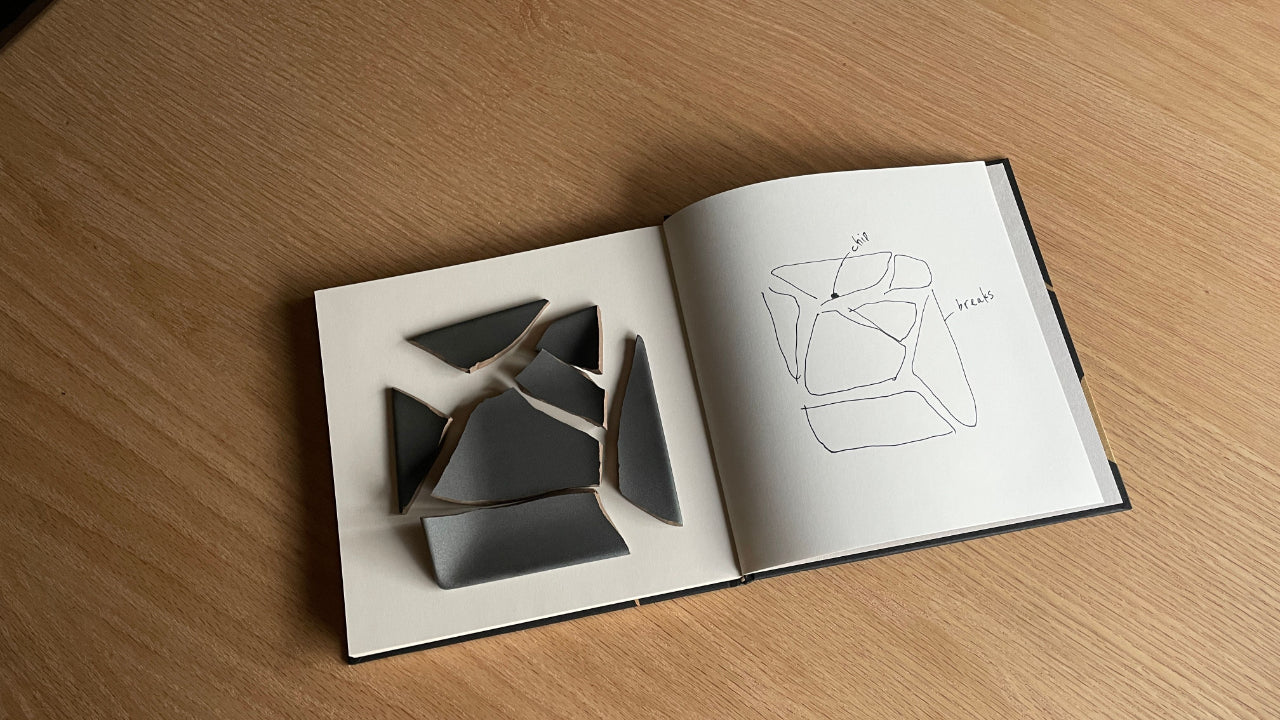
Even before beginning the kintsugi-repair process, I always recommend repairers to incorporate Step 0: preparing a patient chart. It’s a thorough assessment of the piece in front of you. Is it crac...
Read more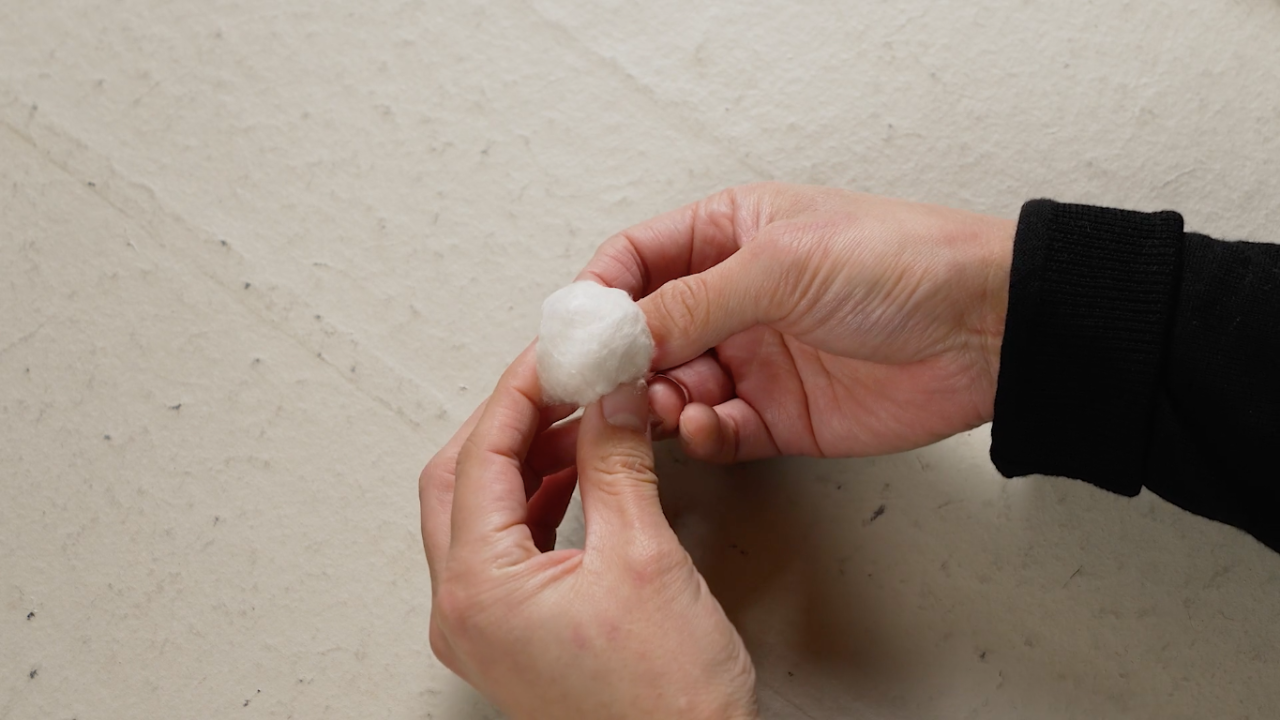
While not necessary for the repair to be complete, the last step of kintsugi is to dust the fracture with gold or silver powder if you wish. The two golden tools of the trade are horse hair and sil...
Read more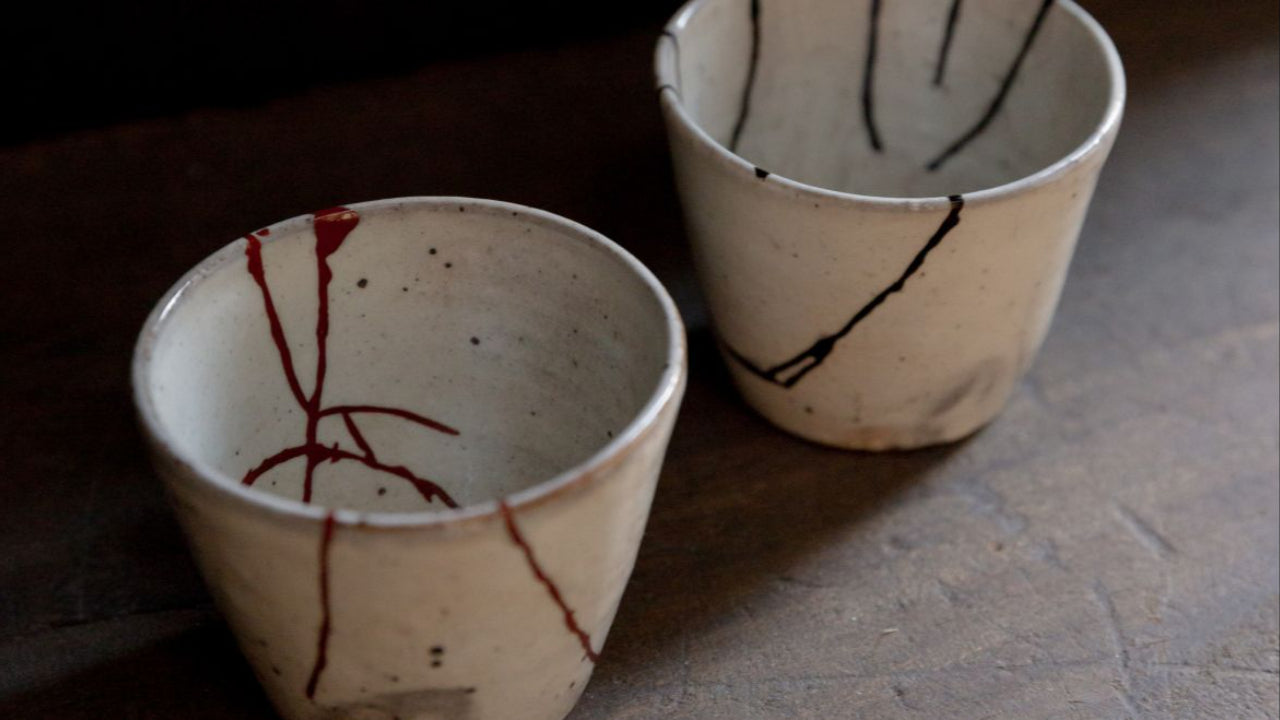
Gold is perhaps the most spotlighted ingredient of kintsugi-repair. And justly so. Kintsugi, literally translates to gold joinery. And thus often believed to be metalwork. So many are surprised to ...
Read more